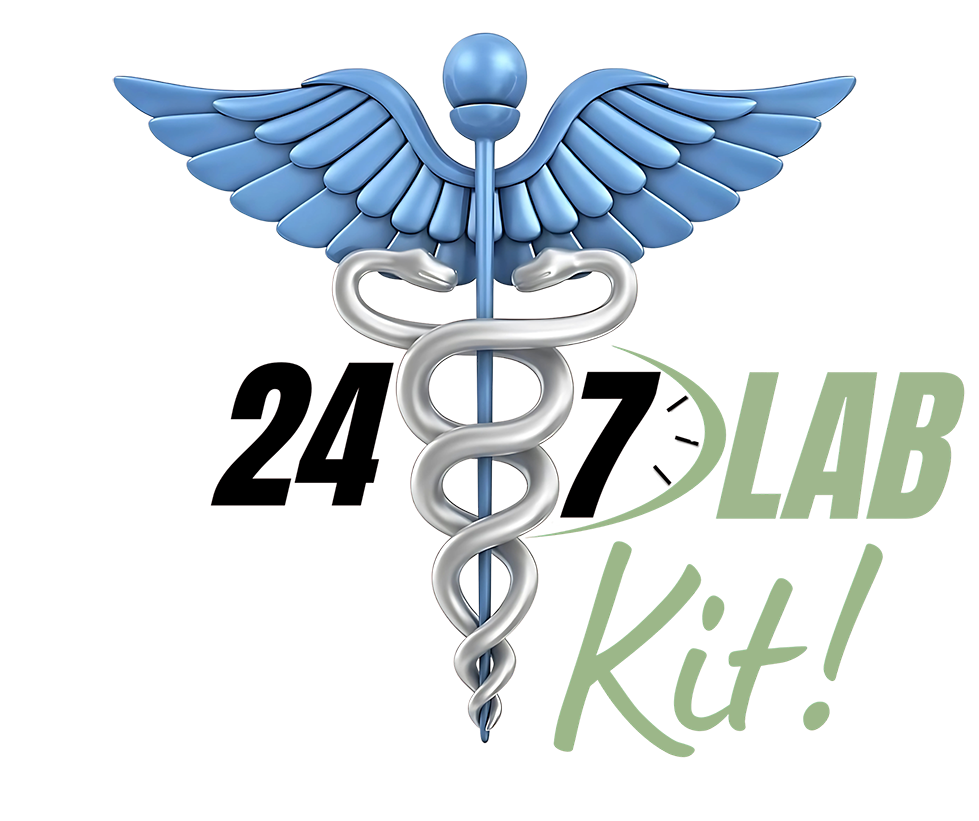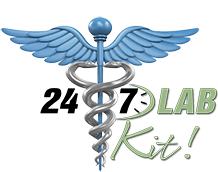Florida’s sunshine and beautiful beaches may draw in tourists from all over, but there’s a darker side to the state that’s getting increasing attention: its alarmingly high STD rates. Understanding the reasons behind this trend is crucial for addressing and mitigating the spread of sexually transmitted infections (STIs). So, what exactly is driving these numbers up? Let’s dive into the key factors and potential solutions.
Factors Contributing to Florida’s High STD Rates
- Tourism and Transient Populations: Florida’s popularity as a tourist destination means a constant influx of people, many of whom engage in high-risk behaviors. The transient nature of visitors makes it difficult to track and treat STDs effectively. According to the CDC STD Statistics, high-traffic tourist areas often see spikes in STD rates due to these factors.
- Urbanization and Population Density: High population density in urban areas like Miami and Orlando facilitates the rapid spread of infections. Close living quarters and vibrant nightlife scenes contribute to increased sexual activity and, consequently, higher STD rates.
- Lack of Comprehensive Sex Education: Many regions in Florida do not mandate comprehensive sex education, leaving individuals uninformed about safe sex practices. This gap in knowledge significantly contributes to the spread of STDs among young adults. The Florida Department of Health emphasizes the need for better education to combat rising STD rates.
- Access to Healthcare: Disparities in access to affordable healthcare services hinder timely diagnosis and treatment of STDs. Uninsured and underinsured populations often go untreated, further propagating infections.
- Cultural and Social Factors: Stigma around STDs prevents many from seeking testing and treatment. Additionally, cultural attitudes towards casual sex and multiple partners can increase the risk of transmission.

Implications of High STD Rates
- Public Health Burden: The rise in STD rates places a significant burden on public health systems. Increased cases of STDs lead to more healthcare costs and resources being allocated to treatment rather than prevention.
- Long-term Health Consequences: Untreated STDs can result in severe health issues, including infertility, pelvic inflammatory disease, and an increased risk of contracting HIV.
- Economic Impact: The economic implications extend beyond healthcare costs. Lost productivity due to illness and long-term health complications also contribute to the economic burden.
Addressing the Issue: Potential Solutions
- Enhancing Public Health Campaigns: Public health initiatives focused on raising awareness about STDs and promoting safe sex practices are crucial. Campaigns should target both residents and tourists. Check out initiatives by organizations like Planned Parenthood that provide valuable resources and information.
- Improving Sex Education: Implementing comprehensive sex education programs in schools can equip young people with the knowledge they need to make safer choices.
- Increasing Access to Healthcare: Expanding access to affordable healthcare services, including STD testing and treatment, is essential. Mobile clinics and community health centers can play a vital role in reaching underserved populations.
- Reducing Stigma: Efforts to destigmatize STDs through education and open dialogue can encourage more people to seek testing and treatment.
- Utilizing Technology: Leveraging technology, such as telemedicine and mobile health apps, can improve access to sexual health services and information.

Wrapping Up
Addressing Florida’s high STD rate requires a multifaceted approach that includes better education, improved healthcare access, and destigmatization of STDs. By tackling these issues head-on, Florida can hope to reduce its STD rates and ensure a healthier future for its residents and visitors alike.
One convenient way to contribute to this effort is through the use of at-home STD testing kits, such as the 247Labkit created by Florida-based healthcare lab 24-7Labs. These kits provide an accessible and private option for individuals to take control of their sexual health, thereby playing a crucial role in the fight against STDs.







Comments are closed